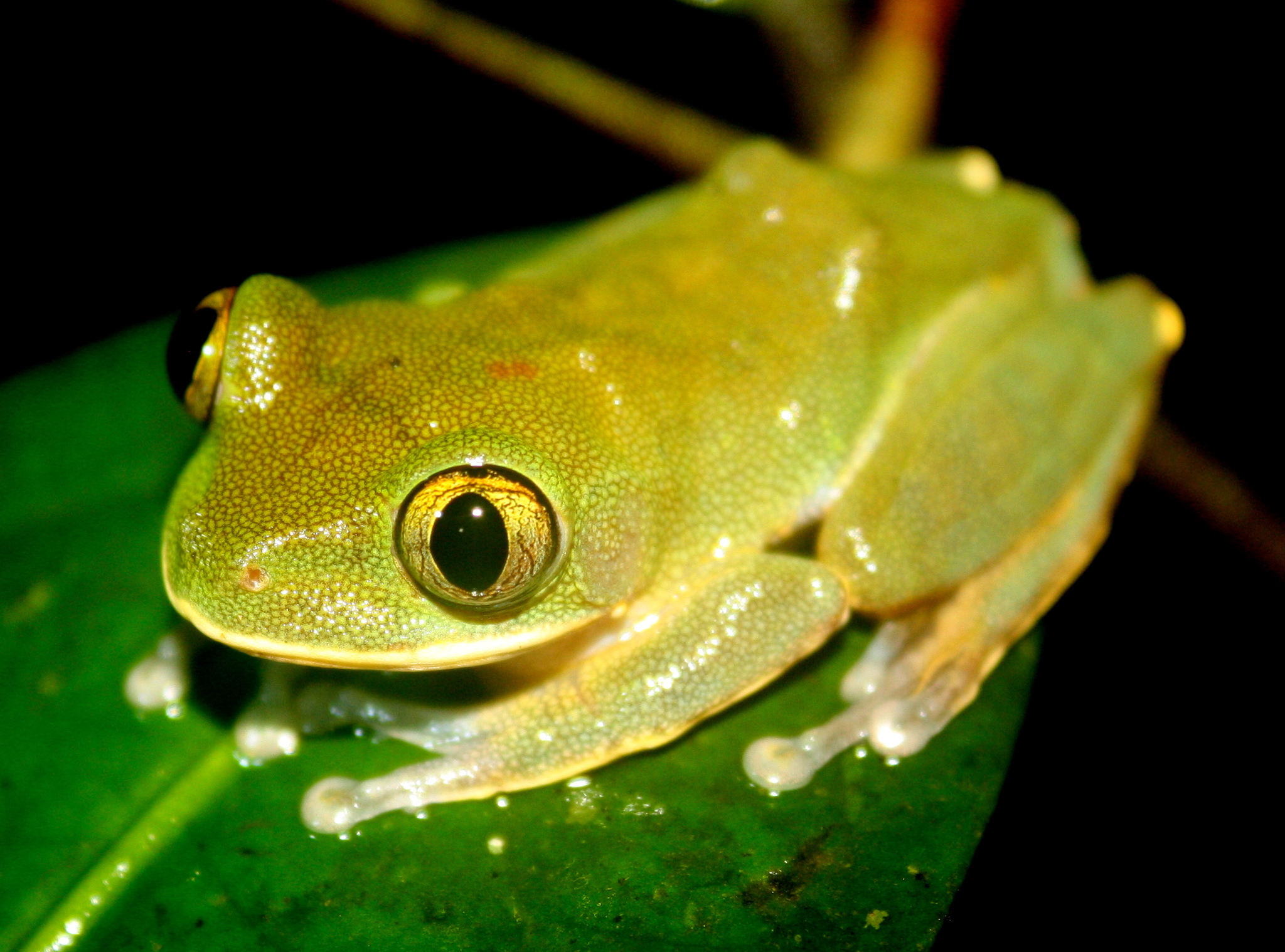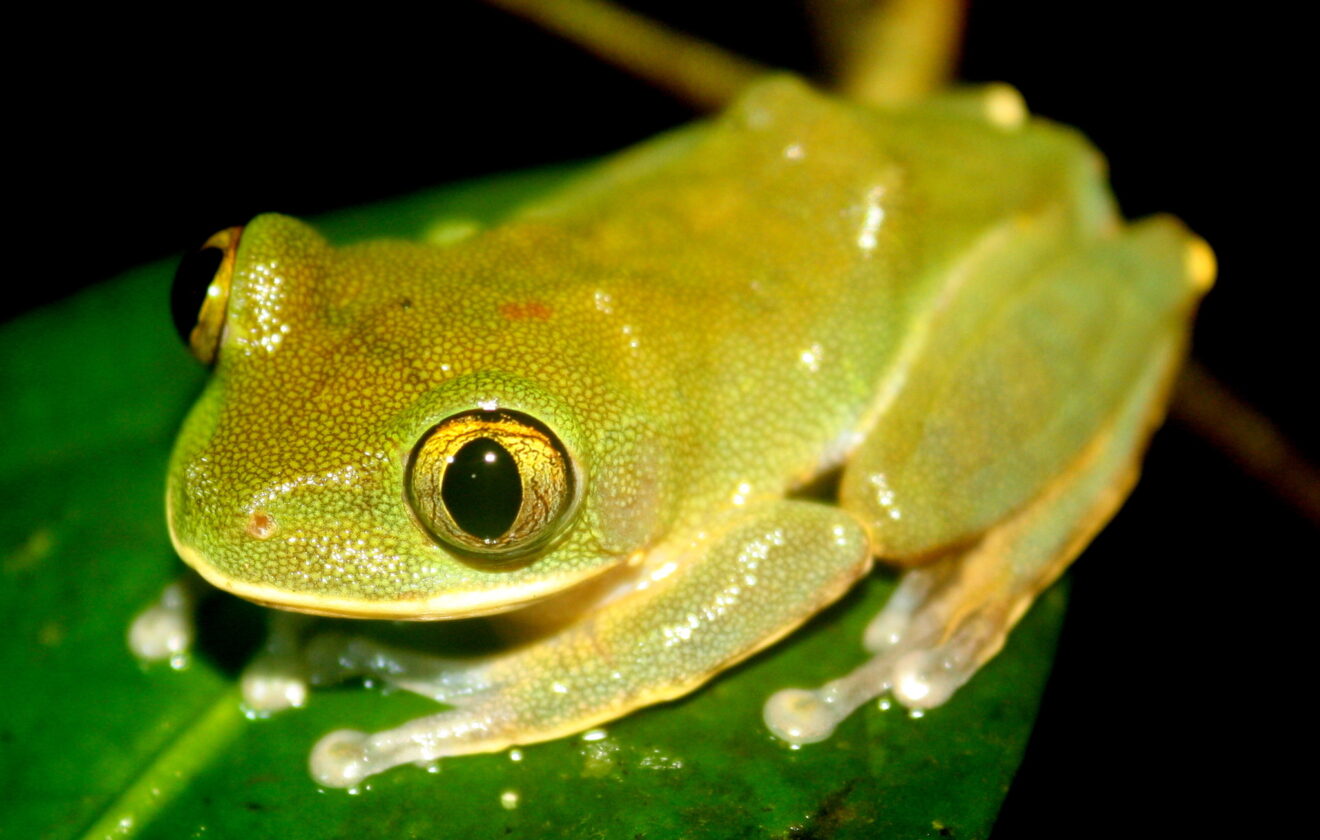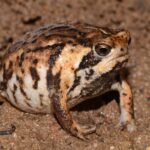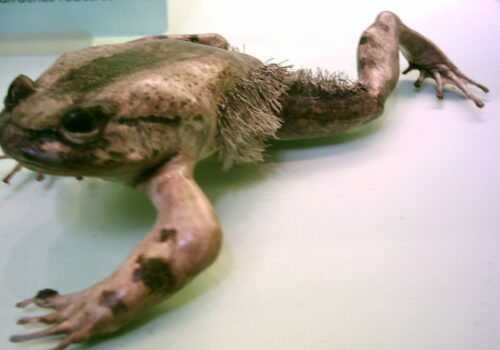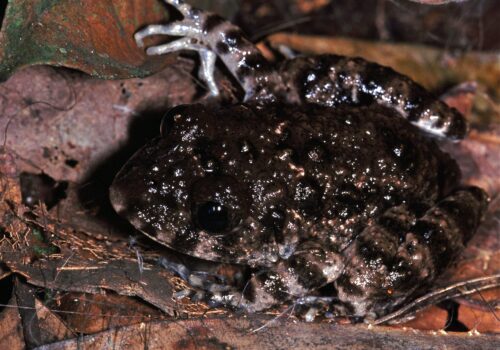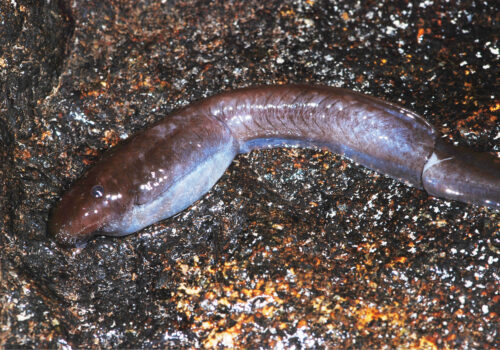- Secrets of the Forest: Discovering the West African Tree Frog (<em>Leptopelis occidentalis</em>)
- Taxonomy and Classification: Placing the Frog in Nature's Tree
- The Forest Home: Natural Habitat of <em>Leptopelis occidentalis</em>
- Colors of Camouflage: The Physical Characteristics of <em>Leptopelis occidentalis</em>
- The Secret Life in the Trees: Behavior and Life Cycle
- An Indicator and Guardian: Ecological Role of the West African Tree Frog
- An Uncertain Future: Threats and Conservation Challenges
- Symbolism and Science: Cultural and Scientific Significance
- Embracing Stewardship: A Call to Conservation
Secrets of the Forest: Discovering the West African Tree Frog (Leptopelis occidentalis)#
As dusk descends upon the tropical forests of West Africa, a remarkable symphony begins—a serenade delivered by a chorus of hidden amphibians tucked among damp leaves and swaying branches. From the humid air, filled with scents of moss and wet earth emerges a soft, distinctive trill. Its echo reveals the presence of an arboreal jewel of these lush habitats: the West African tree frog, scientifically known as Leptopelis occidentalis.
This captivating little amphibian, cloaked in subtle shades of green and brown, is more than just another voice in nature’s nocturnal orchestra. It embodies the fragile beauty of tropical ecosystems and acts as a sentinel for forest health, warning us of ecological disturbances long before other signs appear. But what makes Leptopelis occidentalis uniquely fascinating? Beneath its small stature lies a complex web of behaviors, ecological connections, and an intriguing biology that few have fully unraveled.
Taxonomy and Classification: Placing the Frog in Nature’s Tree#
The West African tree frog belongs firmly within the diverse family Arthroleptidae, a family renowned for their adaptability, versatility, and extensive range across Sub-Saharan Africa. Classified under the genus Leptopelis, it shares its lineage with several cousin species, each adapted to thrive across Africa’s varied habitats, including tropical rainforests, wooded savannas, and mountainous regions.
Leptopelis occidentalis itself, first described scientifically by Schiøtz in 1967, stands out due to its particular adaptations to the West African forest environment. Its closest relatives, some brightly colored and boldly patterned, share specific morphological traits, highlighting how adaptation to similar environments has shaped their evolution. While taxonomy may seem dry or purely scientific, it provides invaluable context as to why this frog evolved such specific traits and behaviors.
The Forest Home: Natural Habitat of Leptopelis occidentalis#
Step beneath the towering canopy of West Africa’s lush tropical forests, and you’re stepping into the intricate world that nurtures Leptopelis occidentalis. Primarily found along the coastal forest belts stretching from Liberia through Ivory Coast to Ghana, this species is deeply tied to the health and integrity of pristine forest ecosystems.
A Perfect Balance: Forest Floor to Canopy#
Unlike many frogs that prefer aquatic habitats, Leptopelis occidentalis is arboreal, dwelling predominantly in trees and bushes. Dense foliage offers an ideal microhabitat—ample moisture for hydration, plenty of invertebrates for food, and protection from predators. Each tree, bush, and vine in this habitat is not just a shelter, but a complex neighborhood bustling with interactions and competition.
Throughout the forest, these frogs favor spots near water sources, such as small streams, pools, and marshy clearings. These water bodies become crucial during breeding seasons, providing the essential cradle in which their offspring will thrive.
Colors of Camouflage: The Physical Characteristics of Leptopelis occidentalis#
Measuring around 3 to 5 centimeters in length, Leptopelis occidentalis is modestly sized yet exquisitely adapted. At first glance, it resembles a masterfully painted creature, clad in hues ranging from muted greens to subtle olive and brown shades. These colors blend seamlessly with leafy foliage and bark, creating perfect camouflage. The frog’s eyes, large and expressive, are adapted for nocturnal activity, equipped with irises tinted coppery gold—ideal for catching faint moonlight on dark nights.
A closer examination reveals delicate limbs equipped with specialized toe-pads, allowing it to cling to moist, slippery surfaces with extraordinary efficiency. These morphological traits reflect an evolutionary journey dictated by life in damp and shadowy branches where stealth and grip mean survival.
The Secret Life in the Trees: Behavior and Life Cycle#
To observe the behavior of the West African tree frog, one must adopt the patience of a naturalist, waiting silently beneath moonlit trees. These nocturnal amphibians awaken at dusk, filling the night air with their melodious calls designed to attract mates and mark territories.
Feeding Under Moonlight#
Under cover of darkness, the agile Leptopelis occidentalis embarks on hunts for insects, spiders, and other small invertebrates. Its large eyes detect the slightest movements, and swift leaps bring unsuspecting prey straight into waiting mouths. The frog plays a key predatory role, naturally regulating populations of insects, acting as a subtle yet significant influence on forest ecosystems.
The Romance in the Rainy Season#
When rains drench the forest, it signals the start of their mating season. Male frogs perch strategically among leaves and branches, inflating their vocal sacs to project a resonant call designed to attract potential mates. Females are drawn to these serenading suitors, making their selection through subtle acoustic cues discernible only to their finely attuned ears.
Once paired, the females descend closer to water bodies to deposit their eggs—clusters delicately attached to leaves suspended above water surfaces. When the larvae emerge, they drop directly into protected aquatic environments below. The free-swimming tadpole stage is a brief period filled with survival challenges, after which tiny juvenile frogs emerge to climb into the safety of the forest canopy, restarting the cycle anew.
An Indicator and Guardian: Ecological Role of the West African Tree Frog#
The ecological role of this delicate arboreal amphibian stretches far beyond simply being predator and prey. Amphibians like Leptopelis occidentalis serve as crucial bioindicators, animals whose presence, absence, or condition reveal significant details about the ecological health of their habitats.
Because frogs have permeable skin, they readily absorb changes in environmental conditions, including pollutants, pathogens, and climatic shifts. When amphibian populations falter, this often serves as an early warning signal of broader ecological disturbances needing urgent conservation action, placing significant conservation value and urgency upon this subtle forest resident.
An Uncertain Future: Threats and Conservation Challenges#
Despite their importance and beauty, the future for Leptopelis occidentalis is clouded by uncertain issues: deforestation, habitat fragmentation, pesticide contamination, and climate change—all presenting major challenges across their geographic range.
IUCN and Current Status#
As of recent assessments by the International Union for Conservation of Nature (IUCN), Leptopelis occidentalis is categorized as “Least Concern.” However, this optimistic designation belies localized threats gradually eroding key habitats. Rapid deforestation and resource exploitation threaten their forest homes, disrupting reproductive rituals and shrinking their refugia significantly.
Conservation Efforts and Sustainable Practices#
Protecting the vibrant yet vulnerable habitats of these frogs requires strong local and international partnerships. Conservation organizations are actively facilitating habitat protection projects, advocating sustainable forest management practices, and promoting community awareness and education in countries like Liberia, Ghana, and Ivory Coast.
Symbolism and Science: Cultural and Scientific Significance#
Many indigenous communities inhabiting the forests of West Africa traditionally view amphibians, including tree frogs, as symbols of transformation, renewal, and prosperity. In folklore, the arrival and songs of frogs are often welcomed harbingers of the rainy season.
Leptopelis occidentalis has also offered key insights scientifically into tropical amphibian biology. Researchers studying environmental health dynamics have used this species as a model organism to better understand forest ecosystem stability, climate adaptation, and pollution impacts.
Embracing Stewardship: A Call to Conservation#
The West African tree frog, small and seemingly inconspicuous, embodies the intricate interconnectivity of nature’s web. Their melodic calls beneath moonlit forests remind us continually how our fates intertwine with countless species hidden around us.
Ensuring the continued existence and health of Leptopelis occidentalis, and countless other amphibians, means preserving not only forests but also securing our own future in a healthier world. Every conservation action counts—supporting forest preservation efforts, contributing to amphibian research, learning about native wildlife, or simply spreading awareness could make the crucial difference.
As lovers of nature, are we ready to lend our voices alongside theirs—answering the gentle call of Leptopelis occidentalis, advocating passionately to preserve this lush mosaic of life that nourishes frogs, forests, and humanity alike?


